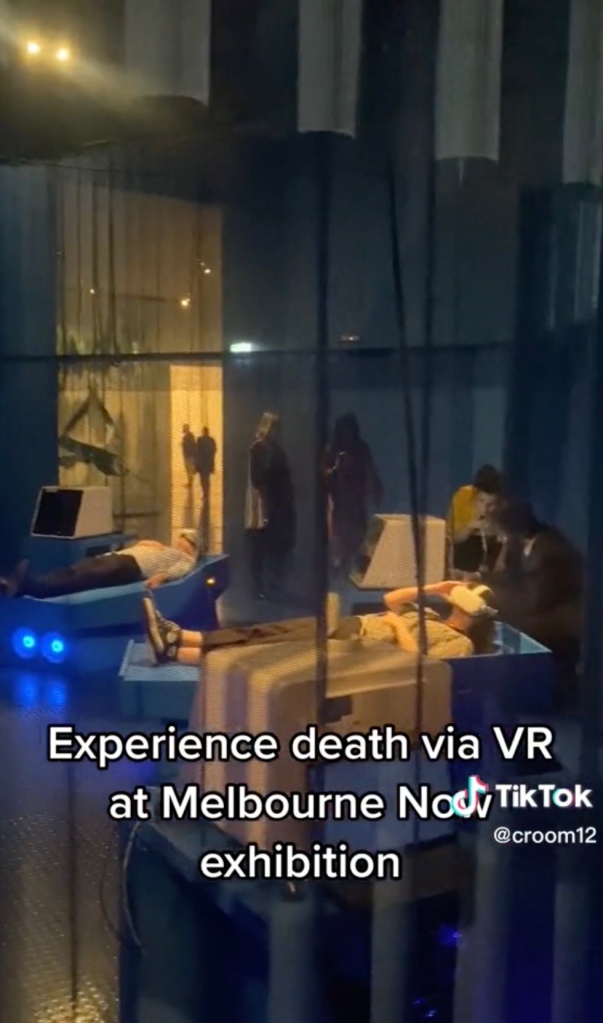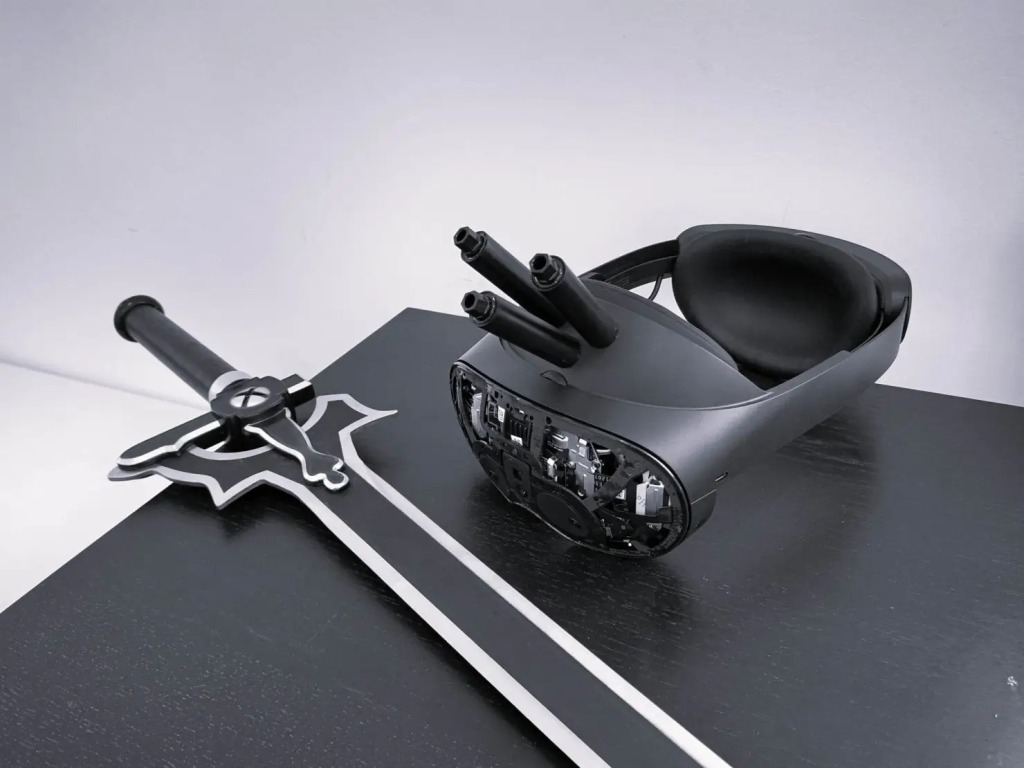You can now experience how death feels through virtual reality
This new art exhibit is to die for.
An Australian artist is bringing the experience of death to life via a participatory virtual reality simulator, showing people what it could be like like as you’re dying.
Artist Shaun Gladwell’s show, “Passing Electrical Storms,” at Melbourne’s National Gallery of Victoria can conjure the process of dying through “medical technologies,” according to the official description.
“At once meditative and unsettling, this interactive work guides participants through a simulated de-escalation of life, from cardiac arrest to brain death,” reads the exhibit’s outline on the gallery site.
Gladwell described the experience as “moving away from yourself and then floating off into the giant universe” in an interview with The Australian this week.
“By simulating death as an experience in its last few minutes, it’s a meditation on the ephemerality of individual life,” Gladwell told the outlet. “For me, it’s not all gloomy but a spectrum of colors and moods.”
He said that his latest work has been inspired by philosophers such as Jean Baudrillard, Michel Foucault and David Chalmers.
However, he also admitted that his work has changed because of his 11-year-old son, Zeno.
“My work has shifted seismically because of him,” Gladwell said. “I think about death in a different sense; it’s personal now because I see life as being so dear.”
When you get to the exhibit, gallerygoers are instructed to lie down on a fake hospital bed and are hooked up to heart rate monitors, according to The Daily Star.
Visitors are able to leave at any time if it gets too uncomfortable, though, and there are even staff members on hand to “pull you out of it,” according to the outlet.
On TikTok, one user named Marcus even showed off the exhibit to their followers, taking a video clip of the room where it all happens.
Inside, you can see people lying on blue beds with their heads stuck in virtual reality simulators.
Next to the beds, there are large computers that resemble hospital monitors.


In a follow-up video, Marcus explained what it was like to experience the simulation, which follows the aftermath of a heart attack.
“What happens is, you’re laying down, the bed vibrates, you flatline, the doctors come over the top of you, you can see yourself in the goggles, and they try to revive you,” he explained.
“It doesn’t work, then you float up past some, into space, and yeah, it keeps going, but I won’t spoil it all,” Marcus continued.

He also added that he understood why some thought it could cause “anxiety” and “panic” and agreed that the simulation “borderlines” those feelings when you’re in there.
The Post has reached out to both Gladwell’s representatives and Marcus for further comment.
This is not the first time that Gladwell has created a provocative exhibit.
In 2017, his virtual reality experience called “Orbital Vanitas” took users into a real-life human skull.
One news outlet compared it to Plato’s allegory of the cave.
It was an official selection at the 2017 Festival de Cannes.
Gladwell was first shot to fame from his 2000 video artwork called “Storm Sequence,” which features him skateboarding on a beach in Sydney as a storm is coming in.
Read the full article Here


